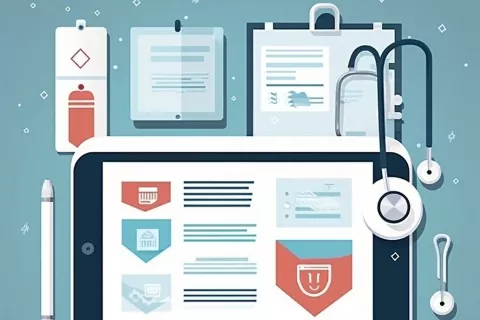Technical writing or technical documentation has evolved into a subject of growing significance in the world of written communication. Consider it as a natural offshoot of the knowledge-based economy, given its specialized nature, especially in the developed world. Hence, qualified technical writers are in demand in various industries, including software, telecommunications, financial services, healthcare, pharmaceuticals, and medical device manufacturing.
In the medical device manufacturing industry, the contribution of technical writing is crucial as there is little scope for errors considering the end-user requirements. Medical device companies facilitate the lives of doctors and patients by providing cutting-edge technology solutions. As in the pharmaceutical industry, all new medical devices must undergo clinical trials and regulatory approval. The quality and clarity of written technical documents are vital to the success of medical device companies, especially since the documents are used in Regulatory submissions to report the outcome of development work to clients, record the results of investigations, and guide the direction of internal projects.
Technical documentation is a core element in the process of medical device approval. Without it, a manufacturer cannot carry out the conformity assessment for their medical device, and thus the product cannot be approved. Therefore, it is of utmost importance to maintain standard-compliant technical documentation. The regulations of various Bodies keep updating at regular intervals implying that the technical documentation must align with the same. The importance of technical documentation is not only limited to regulations but also extends to the classification of medical devices.
Certain requirements to obtain CE conformity from Authorities and Notified Bodies differ for class Is, Im, Ir devices. There will be additional requirements from Notified Bodies to partially comply with the regulatory requirement. Under certain circumstances, additional requirements are required for class IIa, IIb, and III devices. Irrespective of the classification of a medical device, technical documentation must be available for all the devices. This necessitates that the manufacturers, Competent Authorities (CAs), and Notified Bodies (NBs) have established procedures and guidelines for on how the technical documentation should be developed and handled. The differences in requirements between the Notified Bodies and competent authority and all device classes must be addressed in these procedures.
Technical writing for medical devices is tricky as its content includes an additional challenge; interpreting the applicable regulations and compliance requirements. This is more complex than it seems. Most of the regulations have their own mandated compliance. If ISO uses one symbol for a requirement, the FDA will use another. Though not entirely, the EU guidelines are harmonized with the FDA’s guidelines. Adding to the complexity is that the symbol regulations may change every year. Hence it is imperative for technical writers in the device industry to familiarize themselves with the FDA and EU rules for labeling.
Cross-functional collaboration has always been important in technical writing, but it is essential in a regulated environment. In terms of medical devices, the research means collaborating with cross-functional teams and SMEs. It requires close coordination with the Regulatory, Marketing, Legal, Compliance, and Quality Engineering teams to understand the Regulatory requirements. These collaborators provide specific ideas about how information must be written to comply with regulations and meet marketing objectives.
The requirements for technical documentation have significantly increased due to these factors. It is now a mandate to include detailed information with an emphasis on continuously updating the document to align with regulations the product life cycle. It is also important to avoid redundant information and an uncoordinated approach by the departments involved. Technical documentation comprises a large amount of information and is closely linked to quality management. All relevant technical expertise should be appropriately involved. Finally, the manufacturer is responsible for creating a document that meets the Regulatory requirements; the document should be clear, organized, readily searchable, and unambiguous.
Reach out to an expert to develop technical documentation for medical devices. Visit https://medicaldevices.freyrsolutions.com/technical-writing










